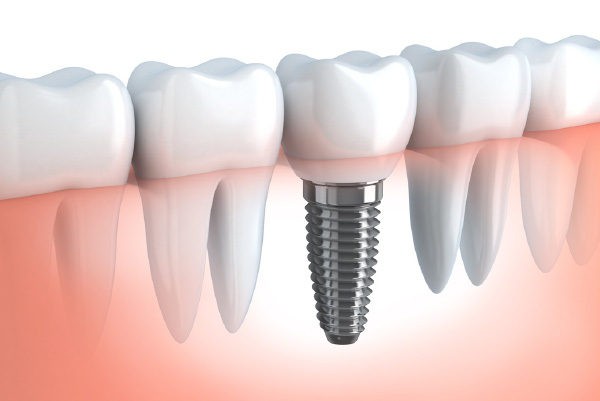Your bone density will need to be assessed to ensure you have sufficient quality and quantity of bone tissue available around where the implant will be placed. If there is insufficient bone or if significant bone loss has occurred due to periodontal disease, you may need bone grafting before implant placement. In certain cases mini-implants can be used if bone density is too low for larger implants.
Once you have been assessed and a plan agreed upon, the appropriate implant system and size of implant will be selected and surgically placed. Since the implant functions as the root of your tooth, a hole needs to be drilled carefully into your jawbone to accommodate it. Placing an implant is often carried out under local anesthesia but some patients may choose to be sedated during their treatment.
Once the implant is securely placed into the hole, a protective screw cover or cap is placed over the implant, and the gum tissue is sutured over the top. The implant is then left to heal for approximately six months. During this time, the bone tissue around the implant grows onto the microscopic roughened surface of the implant so it effectively becomes a part of the jawbone and can securely hold a restoration in place. After healing, the screw cover is removed and an abutment is placed on the implant, which serves as an anchorage point to securely hold a restoration (such as a crown or denture) in place. Some dentists offer same day implants, which support the restoration during the integration process.



